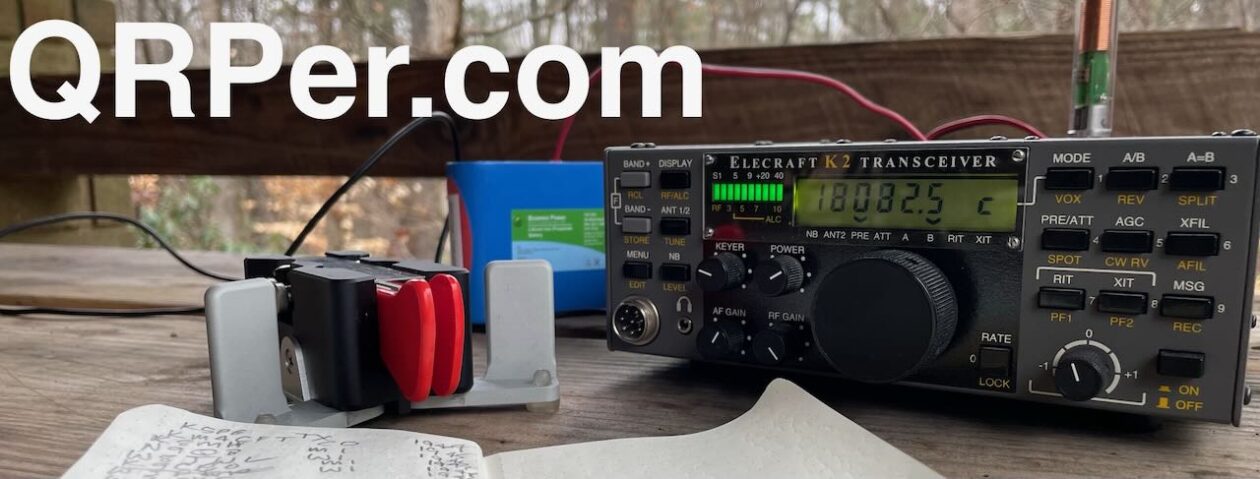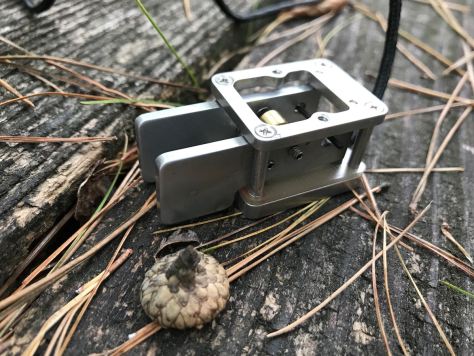 Josh (KI6NAZ), over at the excellent Ham Radio Crash Course YouTube channel, has just published a video demonstrating a pre-production Xiegu X6100.
Josh (KI6NAZ), over at the excellent Ham Radio Crash Course YouTube channel, has just published a video demonstrating a pre-production Xiegu X6100.
If you’ve been interested in the X6100, I highly recommend checking it out.
Josh compares the X6100 with the X5105 in terms of size and functionality, and even makes a QSO with it. For CW ops, he also demoes the relay clicking sound (spoiler alert: it uses relays instead of PIN Diode switching).
His particular unit is really a pre-production unit–it sounds like the first production run (that many early adopters should soon be receiving) will have upgraded software and even hardware.
Josh (rightfully so) holds out on making a recommendation until he’s able to test the first production run unit–the same version early adopters will receive–which is being sent to him soon.
Check out his video below:
Click here to view on YouTube.
I’ve gotten so many questions about the X6100 from readers and YouTube subscribers. Fear not! I will get a chance to check out the X6100 in the near future. In fact, Josh is sending me the Radioddity loaner unit he’ll be testing. I’m not sure how long I’ll get to hold onto it, but I’ll give it a thorough workout.
In addition, I know Scott (KN3A) has purchased one of the first production run units and will give us his impressions–since he owns the IC-705 and has owned the X5105 in the past, he should have some valuable insight. Stay tuned!
If you’re considering purchasing the X6100, you might check out Radioddity’s upcoming Black Friday sale. They have a sign-up form on the X6100 product page. I have no inside information, but I must assume the X6100 will either be discounted or come with extra goodies (or both?).
Do you already have an X6100 on order? Curious if it looks like the X6100 is on track to meet your expectations after watching Josh’s demo.



























